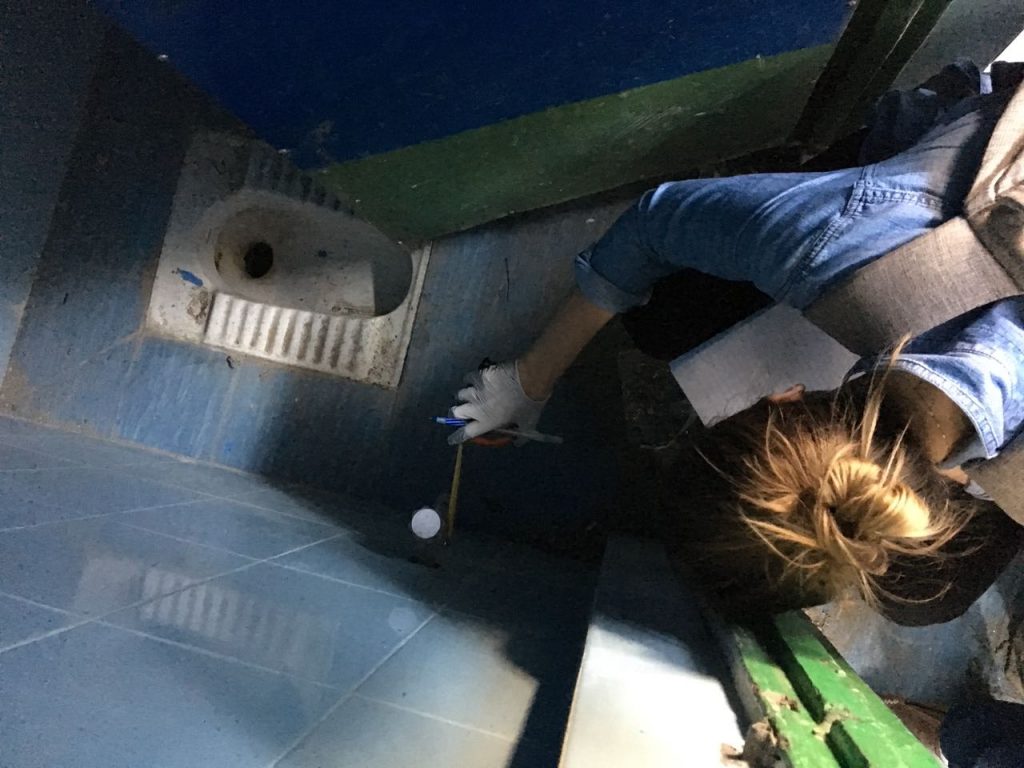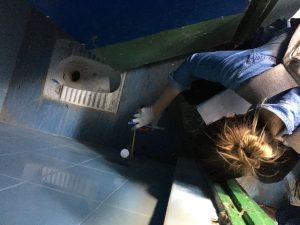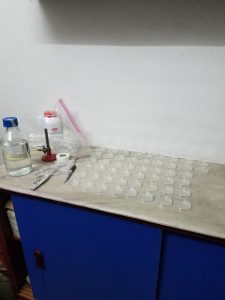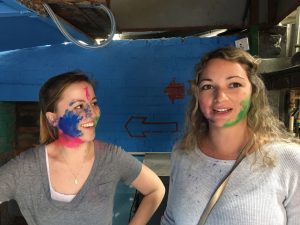
The Challenge
Project Overview
The WHAM Lab has been collaborating with Aerosan Toilets for over two years on their community toilets (HUBs) implementation in Kathmandu, Nepal. A pilot scale cleaning study was conducted to assess the effectiveness of the cleaning practices on reducing contamination on key high risk surfaces within the latrines.
The goals of the project are to a) assess how frequently the latrines need to be cleaned based off of usage over the course of a day to keep contamination on high risk surfaces to a minimum, b) compare the cleanliness of the HUBs over the course of a day to other community and household latrines in the area and c) recommend best cleaning practices (methods and frequency) for maintaining the latrines moving forward.
Publications
Bacterial contamination on latrine surfaces in community and household latrines in Kathmandu, Nepal
Authors: Shannon McGinnis, Dianna Marini, Prakash Amatya, Heather M Murphy



